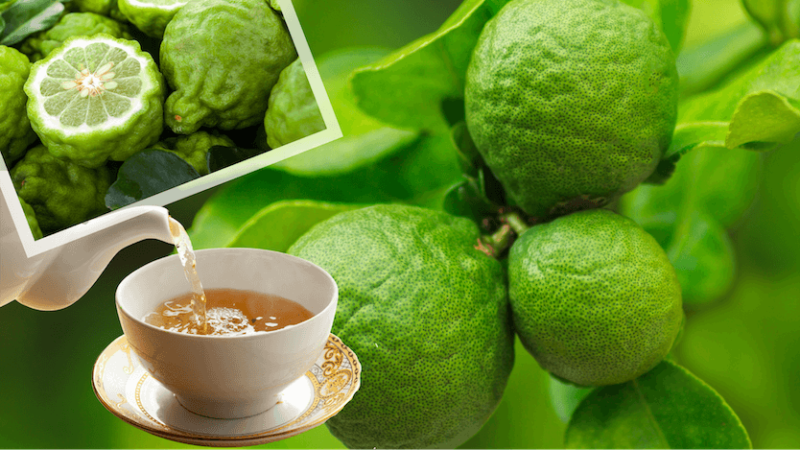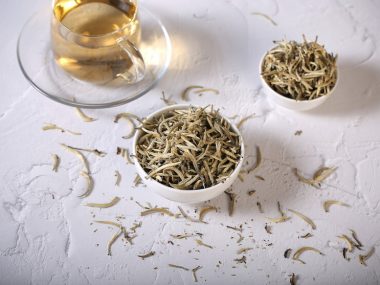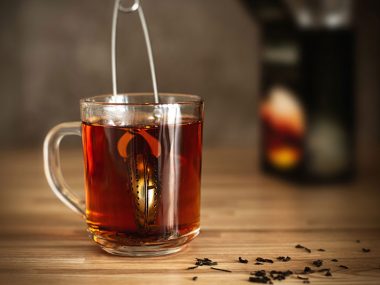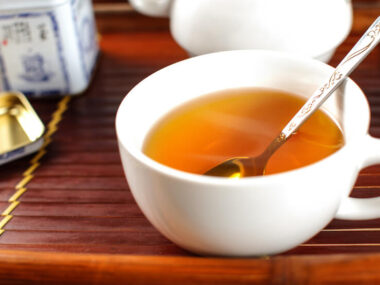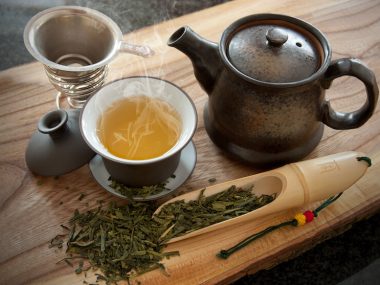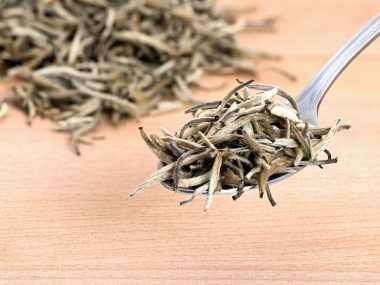Did you know that an exotic fruit that most of us have never seen or heard of is infused into earl grey tea? This tea has an aroma unlike any other and has the power to get your attention! Once you try it, you’ll never go back to plain black tea again!
Table of Contents
What Is Earl Grey Tea?
Earl Grey tea is a tea made from either Assam or Ceylon black tea with an infusion of the oil from Bergamot oranges. This black tea is a very “English” tea found in almost every home in the U.K.
What Is In Earl Grey Tea?
Earl Grey tea’s main component is a fine black tea. The most common black teas used to make Earl Grey tea is Assam, Ceylon, or Keemun.
The Tea Base
Assam tea (Camellia sinensis v. assamica) is grown in an area in Assam, India, along the Brahmaputra River. Assam tea is one of the most common black teas enjoyed around the world. The malty, deep richness provides an interesting element when married with Bergamot.
Ceylon tea (Camellia sinensis) is grown in Sri Lanka. This beautiful tea has flavors of citrus, chocolate, and spice. Combining the interesting overtones and nuances of Ceylon with Bergamot builds a dimension of flavors.
Keemun tea (Camellia sinensis sinensis) is grown in China. Keemun tea is known for its smoky muscatel flavor. When pairing that with Bergamot, layers of deep, smooth, fruity flavors punch through.
Bergamot
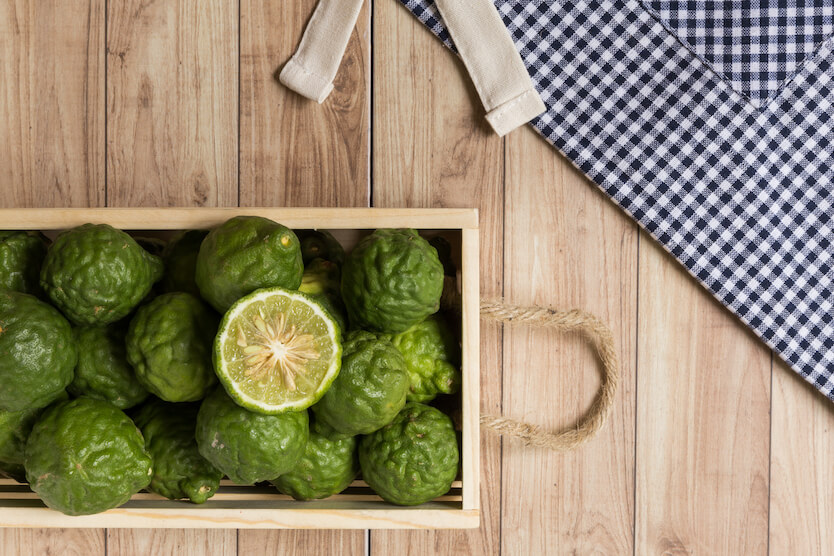
Bergamot is the supporting foundation upon which Earl Grey tea is built upon. With Bergamot, an Earl Grey tea will be nothing more than a black tea.
The Citrus bergamia (Bergamot) is native to an area in Italy (Calabria.) This plant is a hybrid developed by crossing an orange plant and a lemon plant. Most of us have never seen or even held a Bergamot orange. Unlike what many perceive, this orange is not a sweet orange-colored citrus but a green, sour fruit.
The oil within the rind of the Bergamot is highly valued, which is primarily why it’s grown. Bergamot essential oil is used not only in Earl Grey tea but aromatherapy, foods, beauty products, and high-end perfumes.
The History Of Earl Grey Tea
Although there’s no official record of just how Earl Grey tea came to be, there are theories. The most common one being that it began with an aristocrat and former Prime Minister of England. Charles Grey, who had the title of “Earl,” was given a gift of tea as an expression of gratitude for saving the life of a son of a Mandarin man from China.
Grey’s well water had a peculiar lime taste of which the Mandarin man was aware. The man crafted a tea with Bergamot oil to compliment Grey’s well water. Grey’s wife (Lady Grey) brought this tea into the mainstream of British society serving it at various gatherings. This tea came to be known as “Earl Grey,” named after her husband.
The Earl Grey tea evolved into other variations. One which is an Earl Grey tea base with cornflowers and oranges from Seville blended in is what we know as “Lady Grey.” A white tea base with Bergamot infused is known as “Earl White.”
Tea makers have managed to elevate the traditional Earl Grey tea by substituting black tea with oolong, white, rooibos, and white teas. Infusions of lemongrass, roses, and citrus peel have been incorporated. However, there will never be a tea that will take the place of Earl Grey because it wins in popularity among the British and Europeans. The best Earl Grey tea is one that isn’t fiddled with.
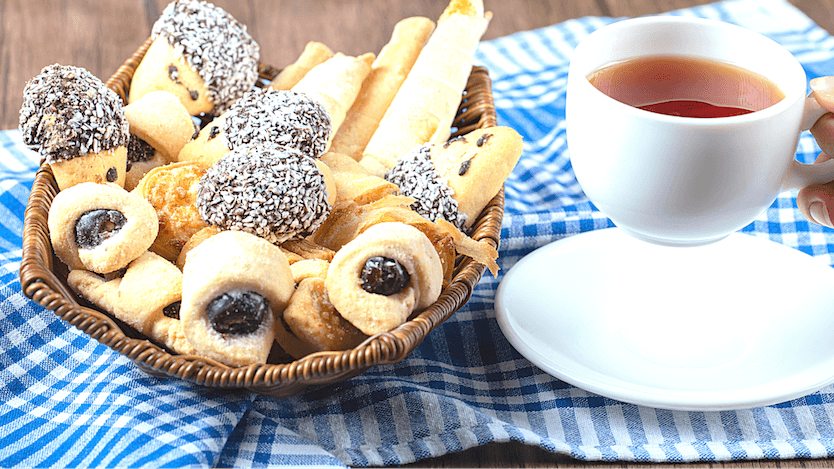
How Much Caffeine in Earl Grey Tea?
The amount of caffeine in a cup of Earl Grey tea varies and is dependent upon the type of tea used as a base (Assam, Ceylon, Keemun.) Assam tea has the highest level of caffeine among black teas. The brewing time also affects the levels of caffeine. Earl Grey tea can range from 14 mg to 49 mg of caffeine in one 6 ounce cup. The longer you brew your tea, the higher the caffeine.
Earl Grey tea caffeine:
- 1-minute brew: 14-19 mg caffeine
- 3-minute brew: 22-39 mg caffeine
- 5-minute brew: 27-49 mg caffeine
Does Earl Grey Tea Make You Sleepy?
The lovely aroma of a cup of Earl Grey tea brings forward the Bergamot as it wafts through the air. Although the linalools and other elements in Bergamot relax and soothe, another component with your cup of Earl Grey tea battles against a good night’s rest. The caffeine content of a cup of this tea is enough to affect getting to sleep. Any highly caffeinated tea such as Earl Grey should be reserved for mornings and afternoons up until 3:00 p.m.
Is It Okay To Drink Earl Grey Tea Every Day?
One can’t help but anticipate having a cup of Earl Grey to get the morning going. The aroma is invigorating and uplifting that somehow seems to energize and get you going. The daily recommendation of caffeine intake is 400 mg. A 6-ounce cup of Earl Grey tea yields about 40-50 mg of caffeine.
Using caution in consuming Earl Grey tea daily is highly recommended not only for the caffeine content but also for the unpleasant side effects Bergamot can potentially cause. Bergapten, which is found in Bergamot oil, can impair how potassium levels in our body. This impairment leads to muscle cramping.
Earl Grey Tea Benefits
Earl Grey tea has numerous benefits that most of us aren’t even aware of. This beverage has the power to reduce, fight, or alleviate ailments, cancer, many health conditions, and so much more.
Relaxes
The intentional act of taking time to sit and enjoy a cup of tea is soothing and relaxing. However, Bergamot oil which is infused into the tea (which is what Earl Grey tea is known for), has powerful aromatherapy benefits. This oil is used in massages, diffusers, and a host of everyday items such as hand creams, perfumes, and more. Studies done indicated inhaling the Bergamot oil can reduce stress and reduce anxiety.
Heart Health
Earl Grey tea has two elements that promote heart health — the benefits of black tea and the Bergamot oil. Black tea is packed full of antioxidants that reduce cardiovascular disorders. Heart attacks account for the leading cause of death. By consuming a cup of tea each day, you reduce your risk. Bergamot oil also helps in protecting our hearts by reducing cholesterol.
Vitamin C
Bergamot oil which is present in Earl Grey tea, provides us with vitamin C. Our bodies require vitamin C to help in healing, forming bone collagen, muscle, blood vessels, and more. It also serves as an antioxidant that gives our immune system a boost. Vitamin C is naturally found in citrus fruits that include the Bergamot orange as well as vegetables and fruits. Lastly, this vitamin helps our bodies to properly absorb and store an essential mineral called iron.
Why Is Earl Grey Tea Bad For You?
Earl Grey is not necessarily bad to drink, provided it is within moderation. However, researchers discovered that drinking more than four cups a day causes adverse reactions. Bergamot contains bergapten which impairs potassium channel function in our body. Potassium is a necessary mineral our body requires for nerve function and muscle contraction. Potassium also facilitates nutrient absorption and cell waste removal.
Our kidneys, heart, nerves, and muscles must have the right amount of potassium to function. Drinking more than a few cups of Earl Grey on a daily basis can affect not only how your muscles perform but also your heart and kidney health. Reports of high levels of Earl Grey tea consumed lead to severe muscle cramps.
How to Drink Earl Grey Tea
Earl Grey tea is the quintessential tea of England. Queen Elizabeth enjoys this tea each morning to start her day along with a few biscuits (cookies.) Because Earl Grey is a black tea with the citrus of Bergamot robustly coming through, it’s best to pair this tea with chocolate, scones, shortbreads, red meat, strong cheeses, and breakfast pastries.
A perfect marriage is created between Earl Grey tea and foods that include:
- Cranberry-orange scones
- Chocolate croissants
- Earl Grey infused shortbreads
- Plain scone with a dollop of clotted cream and lemon curd
Do You Put Milk In Earl Grey Tea?
For those of us who are American, adding milk to tea seems foreign. We are more apt to add milk to coffee before tea. However, those whose native land is within the U.K. typically enjoy tea with milk.
Because black teas are highly astringent and strong, adding milk makes the tea much more palatable and sweeter. Is tea naked without milk? That depends on where you’re from and whether or not you prefer milk in your tea.
Earl Grey Earns An A+
If you have never tried Earl Grey tea, we suggest you give it a try. It’s a tea that makes an impression in taste and aroma. If you could bottle up the sunshine and serve it in a cup of tea, this would be the one!
